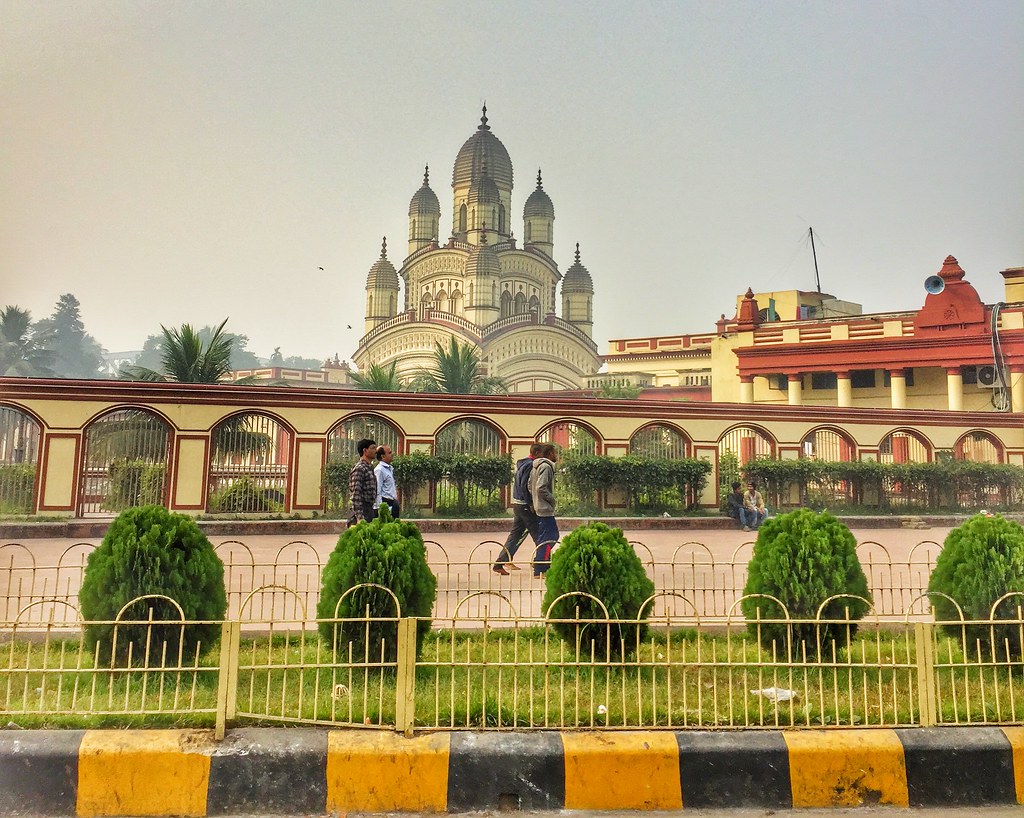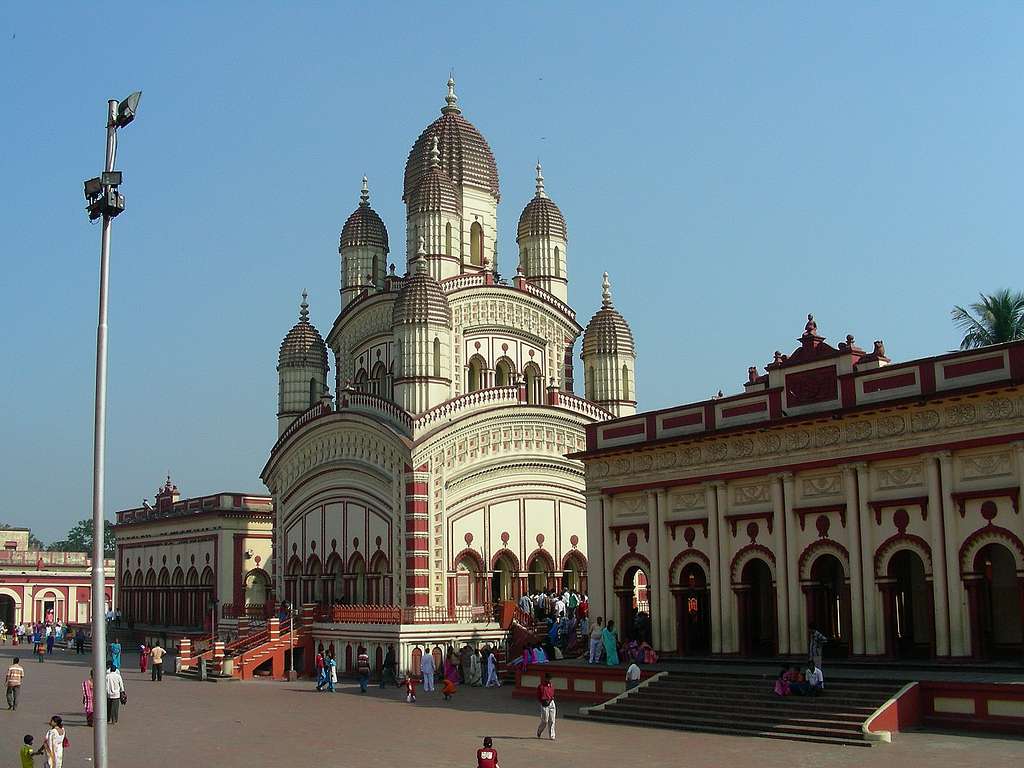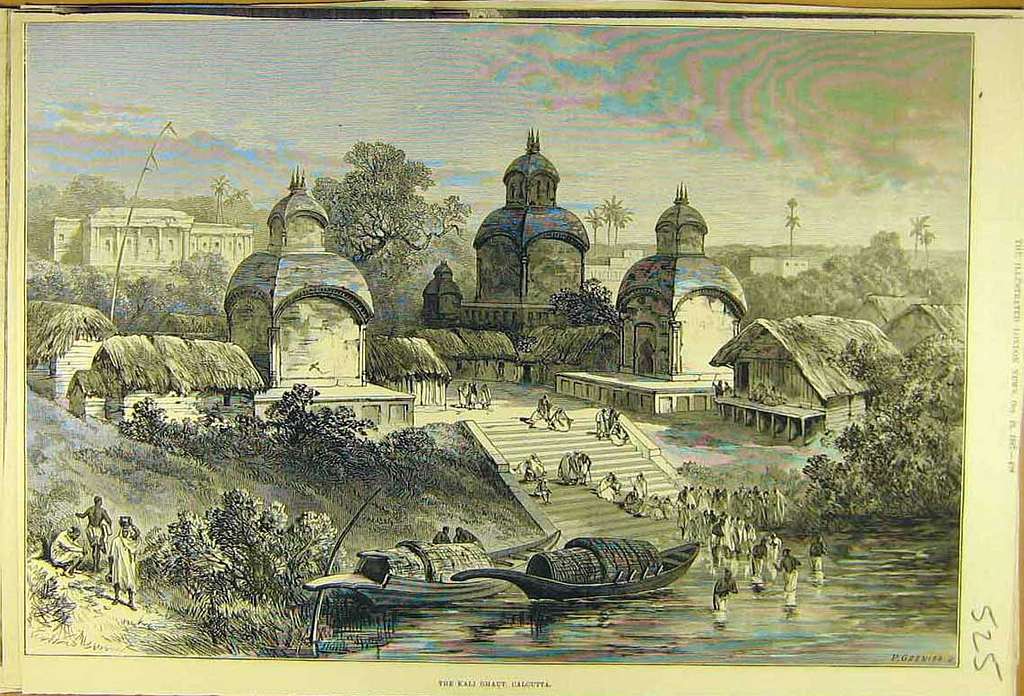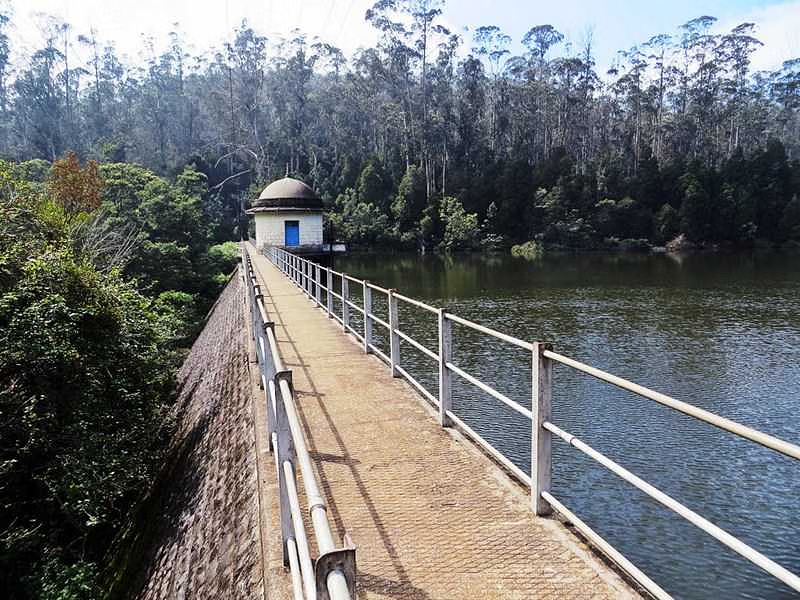Kalighat Temple, one of the 51 revered Kalighat Shakti Peeth and among India’s most sacred pilgrimage destinations, attracts millions of devotees annually seeking blessings from the powerful Hindu Goddess Kali. Understanding the best time to visit Kalighat Temple becomes essential for experiencing meaningful worship, comfortable darshan, and avoiding overwhelming crowds that can diminish this divine sanctuary’s spiritual atmosphere. Poor timing can result in long queues, restricted access during special occasions, and missing the temple’s peaceful ambiance that makes devotional experiences truly transformative.
Located in the bustling metropolis of Kolkata, this 19th-century architectural marvel creates distinct patterns of devotee influx influenced by seasonal festivals, daily worship schedules, and religious observances. Strategic planning ensures you experience Kali Mandir Kalighat‘s divine presence during optimal conditions while understanding Kalighat mandir timing for the most spiritually enriching darshan experience.
Table of Contents
Quick Reference Guide: Optimal Kalighat Temple Visit Times
| Category | Optimal Choice | Crowd Level | Spiritual Atmosphere | Best For |
|---|---|---|---|---|
| Best Season | October-March | Moderate | Peaceful worship | First-time devotees |
| Best Month | November-February | Low-Moderate | Ideal conditions | Spiritual seekers |
| Best Time | Early morning (6:00-8:00 AM) | Very Low | Divine tranquility | Deep meditation |
| Best Days | Tuesday-Thursday | Low | Focused worship | Avoiding crowds |
| Special Occasions | Kali Puja/Diwali | Very High | Festival energy | Cultural enthusiasts |
Understanding these patterns helps navigate Kalighat Temple’s sacred atmosphere while maximizing both spiritual fulfillment and comfortable worship experiences during your pilgrimage.
Best Time to Visit Kalighat Temple by Season

Seasonal selection significantly impacts your Kalighat Temple experience, affecting weather comfort, crowd density, and spiritual atmosphere throughout the year.
November-March: Optimal Pilgrimage Period
November-March represents the best time to visit Kalighat Temple for comfortable worship experiences and manageable crowd levels.
November-December: Perfect Devotional Weather
November-December offers ideal temperatures ranging from 15°C to 25°C, creating perfect conditions for extended temple visits and nearby exploration. The pleasant weather encourages devotees to spend meaningful time in prayer and meditation without weather-related discomfort. Clear skies and comfortable conditions make this period ideal for elderly devotees, families with children, and those seeking peaceful spiritual experiences.
Key advantages during this period include:
- Comfortable temperatures for extended worship sessions
- Clear weather providing excellent visibility for temple architecture appreciation
- Moderate crowd levels allowing for peaceful darshan experiences
January-February: Peak Spiritual Season
January-February brings the coolest period with temperatures ranging from 10°C to 22°C, requiring light warm clothing for early morning temple visits. These months feature high devotee activity due to comfortable conditions, though the spiritual atmosphere remains profound. The crisp morning air and clear days create ideal conditions for meditation and spiritual practices.
March-May: Transitional Worship Period
Spring offers warming temperatures with unique festival opportunities for devotees seeking vibrant spiritual experiences.
March-April: Festival Season Benefits
March-April experiences warming temperatures ranging from 20°C to 32°C, coinciding with several important Hindu festivals and observances. This period offers excellent opportunities for experiencing special pujas, cultural celebrations, and community devotional activities that showcase the temple’s cultural significance.
May: Pre-Monsoon Challenges
May brings increasing heat with temperatures reaching 35°C to 40°C, creating challenging conditions for extended temple visits. However, early morning and late evening hours remain comfortable for darshan, while reduced crowd levels during peak heat hours provide more intimate worship experiences for dedicated devotees.
June-September: Monsoon Spiritual Period
The monsoon season brings cooler temperatures and unique spiritual experiences with reduced crowds and refreshing atmospheric conditions.
June-August: Monsoon Blessings
Monsoon season brings cooler temperatures ranging from 25°C to 32°C due to frequent rainfall, creating a refreshing atmosphere around the temple complex. The reduced crowd levels due to weather considerations allow for more personal spiritual experiences, though devotees should prepare for occasional rain interruptions.
Monsoon advantages include:
- Cooler temperatures providing relief from summer heat
- Dramatic atmosphere with rain-washed temple surroundings
- Reduced crowd density for intimate worship experiences
For travelers exploring Bengal’s cultural heritage alongside spiritual journeys, Rajasthan tour packages offer diverse cultural exploration opportunities.
Kalighat Mandir Timing and Daily Schedule

Understanding Kalighat mandir timing ensures optimal darshan experiences while respecting the temple’s sacred routines and devotional practices.
Daily Temple Operations
Strategic planning around official operating schedules maximizes spiritual experiences while ensuring comfortable worship opportunities throughout different times of day.
Morning Worship Schedule (6:00 AM – 12:00 PM)
Morning worship hours from 6:00 AM to 12:00 PM represent the most spiritually potent period for devotees seeking deep meditation and peaceful darshan. Early morning timing, particularly between 6:00-8:00 AM, offers minimal crowds and maximum spiritual atmosphere, allowing intimate connection with the divine presence. The morning aarti ceremonies and fresh flower offerings create an atmosphere of pure devotion perfect for spiritual seekers.
Morning worship advantages include:
- Peaceful environment conducive to meditation and prayer
- Fresh temple atmosphere with minimal crowd interference
- Optimal spiritual energy during dawn hours
Afternoon Break and Preparation (12:00 PM – 4:00 PM)
The temple observes a brief closure from 12:00 PM to 4:00 PM for deity rest, cleaning, and preparation rituals. This period allows temple priests to perform essential maintenance, prepare for evening worship, and ensure the sacred space remains pristine for devotees. Visitors can utilize this time for exploring nearby attractions or preparing for evening darshan.
Evening Worship Schedule (4:00 PM – 10:30 PM)
Evening worship hours from 4:00 PM to 10:30 PM offer vibrant devotional energy with increased crowd participation and elaborate aarti ceremonies. The evening atmosphere provides different spiritual experiences with community devotion, group prayers, and festival-like energy that appeals to devotees seeking collective worship experiences.
Special Timing Considerations
Festival periods and auspicious occasions require additional planning due to extended hours, increased crowds, and special ceremonial schedules that differ from regular temple operations.
Festival and Auspicious Day Schedules
During major festivals like Kali Puja, Diwali, and Durga Puja, Kalighat temple closing time may extend beyond regular hours to accommodate increased devotee numbers. Special timing arrangements ensure all pilgrims receive darshan opportunities during these spiritually significant occasions.
Seasonal Timing Variations
Kalighat temple closing time may vary slightly during different seasons based on daylight hours and devotee patterns. Winter months typically feature standard timing, while summer may have adjusted schedules to accommodate weather conditions and devotee comfort.
For spiritual journey planning with cultural exploration, Udaipur tour packages combine temple visits with heritage site experiences.
History of Kalighat: Sacred Shakti Peeth Legacy

The history of Kalighat establishes this temple as one of the 51 revered Kalighat Shakti Peeth where Goddess Sati’s right toe fell during cosmic events, making it a powerful center of divine feminine energy.
The current Kali Mandir Kalighat structure was built around 1809, featuring traditional Bengali temple architecture with distinctive curved roofs and intricate stone carvings. The sandstone idol of Goddess Kali, crafted by revered saints, represents the three-eyed, four-armed deity standing majestically on Lord Shiva, symbolizing divine power that transcends worldly limitations.
The temple has served as a focal point for spiritual seekers throughout Bengal’s history, with notable personalities including Ramakrishna Paramhansa connecting with this sacred site, adding to its significance as one of Hinduism’s most revered pilgrimage destinations.
Places to Visit Near Kalighat Temple
Exploring places to visit near Kalighat enhances your spiritual journey while discovering Kolkata’s rich cultural heritage and historical significance.
Spiritual and Religious Sites
Sacred temples and spiritual centers near Kalighat offer additional devotional experiences and deeper understanding of Bengal’s religious traditions.
Dakshineswar Kali Temple
Located approximately 15 km from Kalighat, Dakshineswar Kali Temple offers another powerful Kali worship experience where Ramakrishna Paramhansa conducted his spiritual practices. The temple complex features beautiful gardens, multiple shrines, and peaceful ghats along the Hooghly River, creating comprehensive spiritual exploration opportunities.
Belur Math
Belur Math, situated 16 km from Kalighat, serves as the headquarters of the Ramakrishna Mission and represents spiritual harmony among different religions. The architectural marvel combines Hindu, Christian, and Islamic design elements, symbolizing universal religious acceptance and spiritual unity.
Cultural Heritage Sites
Historical monuments and museums near Kalighat provide insights into Kolkata’s colonial past and cultural evolution while complementing spiritual experiences.
Victoria Memorial
Victoria Memorial, located 8 km from Kalighat, showcases British colonial architecture and houses extensive collections of historical artifacts, paintings, and sculptures. The magnificent white marble structure surrounded by beautiful gardens offers insights into Kolkata’s colonial history and cultural evolution.
Indian Museum
The Indian Museum, situated 7 km from Kalighat, represents India’s oldest and largest museum with extensive collections of archaeological artifacts, natural history specimens, and cultural treasures. The museum provides comprehensive understanding of Indian civilization and cultural heritage.
Cultural and Recreational Areas
Modern cultural districts and recreational spaces provide relaxation opportunities and insights into contemporary Bengali lifestyle after intensive spiritual experiences.
Park Street and New Market
Park Street area, 6 km from Kalighat, offers vibrant cultural experiences with restaurants, cafes, bookstores, and entertainment venues showcasing modern Kolkata culture. New Market provides traditional shopping experiences with local crafts, textiles, and authentic Bengali products.
Hooghly Riverfront
The Hooghly Riverfront areas near Kalighat offer peaceful evening walks, boat rides, and scenic views of colonial architecture along the river. These locations provide perfect relaxation opportunities after intensive spiritual experiences at the temple.
For mountain spiritual retreats, Kashmir tour packages offer serene Himalayan pilgrimage experiences.
Practical Visiting Guidelines
Understanding practical aspects of temple visits ensures smooth pilgrimage experiences while respecting cultural traditions and temple protocols.
Transportation and Accessibility
Kalighat Temple enjoys excellent connectivity through Kolkata’s public transportation system, including metro, buses, and taxi services. The nearest metro station, Kalighat, provides convenient access for devotees traveling from different parts of the city. Netaji Subhash Chandra Bose International Airport (CCU) and Kolkata Railway Station (KOAA) offer connectivity for outstation pilgrims according to West Bengal Tourism.
Cultural Etiquette and Guidelines
Devotees should observe traditional temple etiquette including modest clothing, removing footwear before entering shrine areas, and maintaining respectful behavior during worship. Photography restrictions apply in certain sacred areas, and devotees should follow priest guidance for appropriate ritual participation.
Accommodation and Local Services
Kolkata offers diverse accommodation options ranging from budget pilgrim hostels to luxury hotels, catering to different devotee preferences and budgets. Many hotels near Kalighat provide special packages for pilgrims, including guided temple visits and cultural exploration tours.
For comprehensive India pilgrimage experiences, India tour packages offer coordinated spiritual journey planning with multiple sacred destinations.
Conclusion
The best time to visit Kalighat Temple requires thoughtful consideration of seasonal weather, crowd patterns, and spiritual objectives for meaningful devotional experiences. Winter months from November through February provide optimal conditions for comfortable worship, manageable crowds, and profound spiritual atmosphere. Understanding Kalighat mandir timing and Kalighat temple closing time ensures proper planning for darshan experiences while respecting sacred routines. The rich history of Kalighat and its significance as a Kalighat Shakti Peeth adds deeper meaning to pilgrimage experiences, while exploring places to visit near Kalighat enhances cultural understanding of Bengal’s spiritual heritage. Essential preparation includes respecting temple protocols, planning appropriate seasonal clothing, and allowing sufficient time for meaningful worship at this sacred Kali Mandir Kalighat.
You can visit us at VDP Travels, Neighbourhood Complex, F- 5, near SBI Bank, Sector 4, Nerul, Navi Mumbai, Mumbai, Maharashtra 400706. For comprehensive Kalighat Temple pilgrimage packages with expert spiritual guides, cultural exploration, and seamless Kolkata travel experiences, call +91 99675 18405, or visit VDP Travels.
Best Time to Visit Kalighat Temple – FAQs
What is the best time to visit Kalighat Temple?
November through February offers ideal weather conditions, comfortable temperatures (15°C-25°C), and moderate crowds for meaningful worship experiences. Early morning hours (6:00-8:00 AM) provide the most peaceful atmosphere.
What are Kalighat temple closing times?
Kalighat temple operates from 6:00 AM to 12:00 PM and 4:00 PM to 10:30 PM daily. The temple closes briefly from 12:00 PM to 4:00 PM for deity rest and preparation rituals.
What is the history of Kalighat Temple?
Kalighat Temple is one of 51 Shakti Peeths where Goddess Sati’s right toe fell during cosmic events. The current 19th-century structure was built around 1809, replacing earlier shrines, and represents powerful divine feminine energy.
What are Kalighat mandir timings for different seasons?
Temple timings remain consistent year-round: morning 6:00 AM-12:00 PM and evening 4:00 PM-10:30 PM. Festival periods may have extended hours to accommodate increased devotee numbers.
Why is Kalighat considered a Shakti Peeth?
Kalighat Shakti Peeth is where Goddess Sati’s right toe fell during cosmic events, making it one of 51 most sacred sites for divine feminine energy worship. It represents powerful spiritual energy for devotees worldwide.
What is special about Kali Mandir Kalighat?
Kali Mandir Kalighat houses a sandstone idol of three-eyed, four-armed Goddess Kali crafted by revered saints. The temple represents architectural brilliance combined with deep spiritual significance for millions of devotees.
What are the main places to visit near Kalighat?
Major nearby attractions include Dakshineswar Kali Temple (15 km), Victoria Memorial (8 km), Indian Museum (7 km), Belur Math (16 km), and Park Street cultural area (6 km) for comprehensive Kolkata exploration.
Which days are best for avoiding crowds at Kalighat?
Tuesday through Thursday typically have lower crowd levels compared to weekends and festivals. Early morning hours (6:00-8:00 AM) provide the most peaceful atmosphere for spiritual experiences.
How to reach Kalighat Temple from airport and railway station?
From Netaji Subhash Chandra Bose International Airport (CCU), take taxi or metro connections. From Kolkata Railway Station (KOAA), use local transport or metro to Kalighat station for convenient temple access.
What should I wear when visiting Kalighat Temple?
Wear modest, conservative clothing covering shoulders and knees out of respect. Comfortable footwear that can be easily removed is essential, as shoes must be left outside shrine areas during worship.





